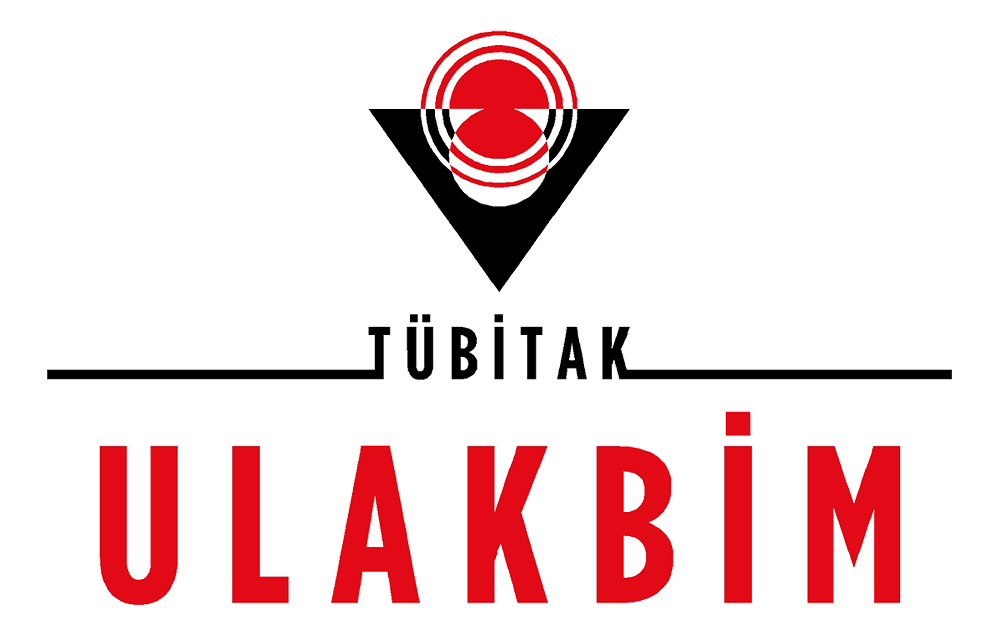
Bu eser Creative Commons Alıntı-GayriTicari-Türetilemez 4.0 Uluslararası Lisansı ile lisanslanmıştır.
The Effect of COVID-19 Pandemic on Transmission Risk in Clinical Applications for Prosthetic Dentistry
Merve BenliUniversity of Pittsburgh, Faculty of Dentistry, Department of Oral Biology, Pittsburgh, USA; Istanbul University, Faculty of Dentistry, Department of Prosthodontics, Istanbul, TurkeyINTRODUCTION: Evaluation of Turkish dentists’ awareness and attitudes towards COVID-19 transmission on different surface types and prosthodontic practices.
METHODS: An electronic questionnaire system was used in this study involving dentistry students, graduate dentists, and prosthodontists. A survey with 9 questions was prepared for the participants, and forms in which all questions were answered were included. Data were analyzed using the SPSS V23 program and chi-square test (p <0.05).
RESULTS: 39.1% of the participants were students, 39.3% were dentists and 21.6% were prosthodontists (N = 3400). The riskiest prosthodontic practices in terms of COVID-19 transmission were identified as tooth preparation (p=0.027) and abrading dentures (p=0.031). While awareness of the viability time of the virus for aerosol varied between groups (p = 0.003), no difference was found in terms of other surfaces (plastic, stainless steel, paper/cardboard, copper) (p> 0.05). Prosthodontists' awareness was found to be significantly higher in the evaluation of aerosol-generating activities (p = 0.024). During dental treatment, a positive attitude towards plexiglass box use was observed in all groups (p = 0.680).
DISCUSSION AND CONCLUSION: During COVID-19, dentists showed sufficient awareness of aerosol formation and risk. Although there is positive attitude towards protective equipment, the current level of knowledge about surface types needs to be upgraded.
COVID-19 Pandemisinin Protetik Diş Tedavisi Klinik Uygulamalarındaki Bulaş Riskine Etkisi
Merve BenliPittsburgh Üniversitesi, Diş Hekimliği Fakültesi, Oral Biyoloji Ana Bilim Dalı, Pittsburgh, ABD; İstanbul Üniversitesi, Diş Hekimliği Fakültesi, Protetik Diş Tedavisi Ana Bilim Dalı, İstanbul, TürkiyGİRİŞ ve AMAÇ: Türk diş hekimlerinin protetik diş tedavisi uygulamaları ve farklı yüzey tiplerinde COVID-19 bulaşına yönelik farkındalık ve tutumlarının değerlendirilmesidir.
YÖNTEM ve GEREÇLER: Diş hekimliği öğrencileri, mezun diş hekimleri ve protetik diş tedavisi uzmanlarının katıldığı çalışmada elektronik anket sistemi kullanılmıştır. Katılımcılara 9 soruluk bir anket hazırlanmış olup, tüm soruların cevaplandığı formlar çalışmaya dahil edilmiştir. Elde edilen verilerin analizi SPSS V23 programı ve ki-kare testi kullanılarak gerçekleştirilmiştir(p<0,05).
BULGULAR: Çalışmaya katılanların %39,1’i öğrenci, %39,3’ü diş hekimi ve %21,6’sı ise uzman hekimdir (N=3400). SARS-CoV-2 bulaşı açısından en riskli protetik uygulamalar, diş kesimi (p=0,027) ve vuruk alma (p=0,031) olarak belirlenmiştir. Virüsün aerosol içindeki canlılık süresi değerlendirmesi gruplar arasında farklılık oluştururken (p=0,003), diğer yüzey tiplerine (plastik, çelik, kağıt/karton ve bakır) yönelik değerlendirmelerde fark saptanmamıştır (p>0,05). Aerosol oluşturan aktivitelerin değerlendirilmesinde uzman hekimlerin farkındalığı anlamlı düzeyde daha yüksek bulunmuştur (p=0,024). Tüm gruplarda dental tedavi sırasında pleksi fanus kullanımına yönelik olumlu bir tutum izlenmiştir (p=0,680).
TARTIŞMA ve SONUÇ: COVID-19 sürecinde, Türk diş hekimleri aerosol oluşumu ve riskine yönelik yeterli farkındalık göstermişlerdir. Koruyucu ekipman kullanımına yönelik olumlu bir tutum sergilenmesine rağmen, yüzey tiplerine yönelik güncel bilgi düzeyinin arttırılması gerekmektedir.
Manuscript Language: Turkish










